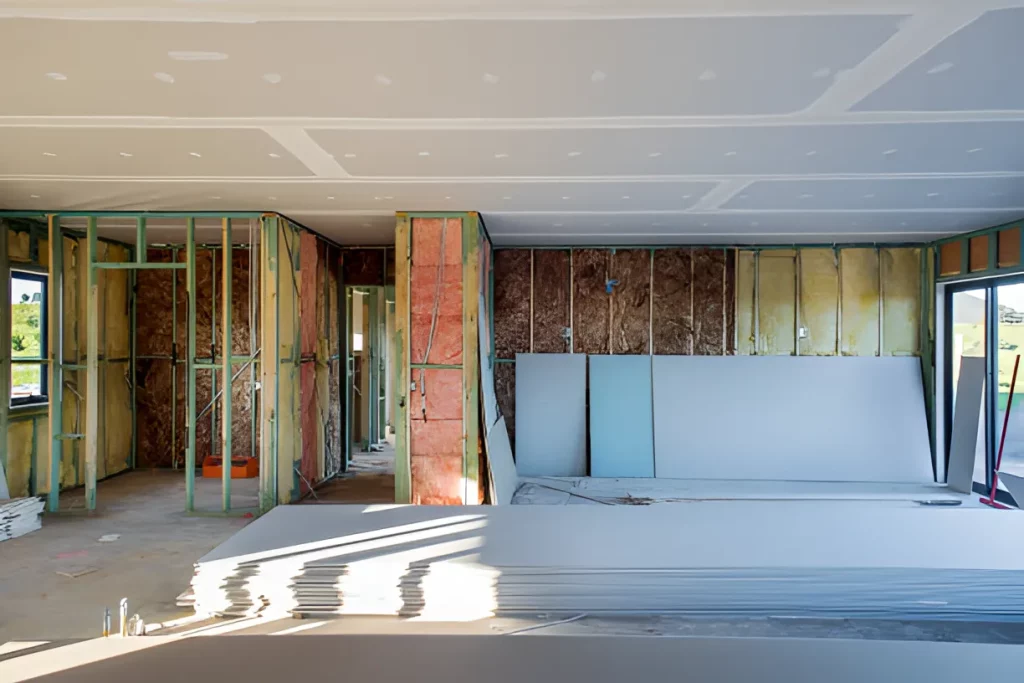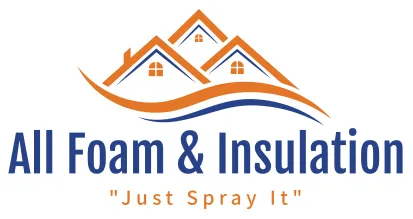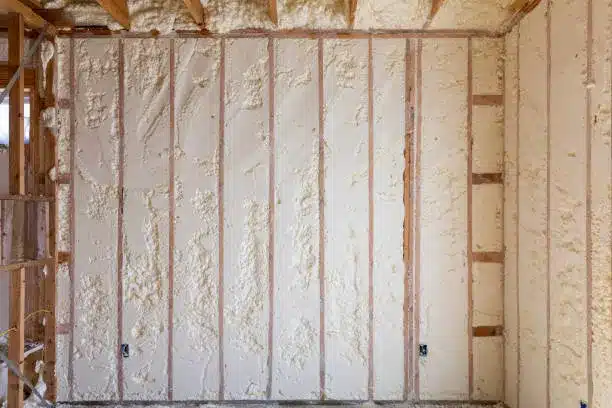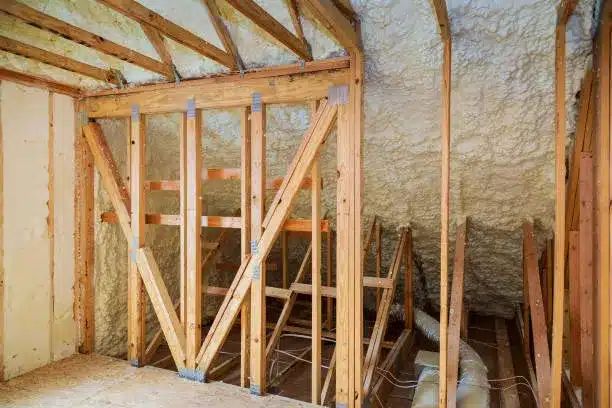Home insulation should be replaced when it no longer performs its function of regulating temperature and preventing energy loss. The most common triggers for replacement include physical degradation, persistent indoor drafts, increased energy bills, moisture intrusion, pest damage, and outdated materials that no longer meet modern energy efficiency standards.
Most homes require insulation replacement every 15 to 25 years, but this range varies based on material type, regional climate, installation quality, and exposure to environmental factors. Oregon homeowners, for example, often face moisture issues that accelerate insulation failure. This article outlines practical guidelines for recognizing the right time to replace insulation and the factors to evaluate before making a decision.
Key Signs Your Insulation Needs Replacing
Indoor Temperature Inconsistency
Uneven room temperatures and difficulty maintaining desired heating or cooling levels often point to insufficient or failing insulation.
Moisture and Mold Presence
Wet or moldy insulation loses its thermal barrier and poses health risks. This is a critical issue in humid or leak-prone homes.
Spike in Energy Bills
Sudden increases in heating or cooling costs often signal that insulation is no longer preventing energy loss efficiently.
Pest Infestation
Rodents and insects nesting in insulation can break down its structure and reduce its performance.
Aging Materials
Older insulation types like mineral wool or outdated fiberglass degrade over time and may not meet current efficiency codes.
Life Expectancy of Insulation Types
| Insulation Type | Average Lifespan | Replacing Indicators |
|---|---|---|
| Closed-Cell Spray Foam | 30+ years | Rarely requires replacement unless damaged |
| Open-Cell Spray Foam | 20–30 years | Moisture intrusion, shrinking, or sagging |
| Fiberglass Batt | 15–20 years | Settling, dampness, loss of R-value |
| Blown-In Insulation | 20–25 years | Compaction, moisture, or pest damage |
| Cellulose (Not offered) | 20–30 years | Absorbs moisture easily, prone to sagging |
Technical Performance and R-Value Ranges
| Insulation Type | Typical R-Value per Inch | Moisture Resistance | Air Sealing Capacity | Common Installation Areas |
|---|---|---|---|---|
| Closed-Cell Spray Foam | 6.0 – 7.5 | High | Excellent | Walls, attics, crawl spaces |
| Open-Cell Spray Foam | 3.5 – 3.8 | Low | Good | Attics, wall cavities |
| Fiberglass Batt | 2.9 – 3.8 | Moderate | Poor | Walls, floors, ceilings |
| Blown-In Insulation | 2.2 – 3.8 | Moderate | Moderate | Attics, wall cavities (retrofits) |

Factors That Accelerate Insulation Failure
- Pacific Northwest Climate: Frequent rain, humidity, and temperature swings cause faster material degradation.
- Improper Ventilation: Trapped moisture reduces insulation effectiveness.
- Construction Defects: Poor air sealing and installation shortcuts often lead to premature failure.
- Renovations or Structural Changes: Wall removals or upgrades often expose or damage existing insulation.
Things to Check Before Replacing Insulation
- Conduct an Energy Audit: Identifies insulation gaps, thermal bridges, and air leaks.
- Inspect for Moisture Issues: Address roof leaks, poor drainage, or condensation before installing new material.
- Review Past Renovations: Consider whether additions or changes may have left certain areas under-insulated.
- Evaluate Ventilation: Balanced airflow is essential to maintain insulation performance.
Bonus Tip: Use a thermal imaging camera in colder months to visualize hidden insulation gaps. This helps identify areas needing immediate attention.
Services Offered to Address Insulation Failures
All Foam & Insulation, LLC provides services designed to restore energy efficiency and comfort:
- Closed-Cell Spray Foam: Long-lasting thermal barrier with moisture protection for walls and crawl spaces.
- Open-Cell Spray Foam: Effective air sealant with soundproofing properties for interior walls and attics.
- Fiberglass Batt Insulation: Cost-effective option for accessible wall, ceiling, and floor framing.
- Blown-In Insulation: Ideal for filling irregular spaces in attics and retrofit wall applications.
Common Questions About Replacing Home Insulation
How often should home insulation be replaced?
Most insulation materials last 15–25 years, but climate, material type, and installation quality can shorten or extend that timeframe. Oregon’s moisture can cause insulation to fail sooner.
What are the signs that insulation has stopped working properly?
Inconsistent temperatures, rising energy bills, moisture or mold, pest activity, and visibly degraded or outdated insulation materials are all key warning signs.
Can I just add new insulation on top of the old one?
Sometimes — but only if the existing insulation is dry, mold-free, and uncompacted. Otherwise, removal is recommended to avoid trapping problems underneath.
Summary of What Matters Most
Insulation should be replaced when it stops controlling indoor temperatures efficiently or shows signs of damage, degradation, or contamination. Material type, age, climate, and home condition all influence timing. Prioritize evaluation through energy audits and direct inspection, especially in moisture-prone regions like Oregon.
Contact for Solutions That Last
To assess or replace home insulation safely and effectively, contact All Foam & Insulation, LLC. For expert guidance, email [email protected] or call (541) 826-9600. All inspections and solutions are based on field experience in Oregon’s residential environments.
Frequently Asked Questions
How do I know if the insulation in my attic is still working?
Measure its depth. If it’s less than 10 inches (for fiberglass or cellulose), it likely underperforms. Check for signs of moisture, pests, or visible compression.
Can I install new insulation over old material?
Only if the old insulation is dry, mold-free, and not compressed. Otherwise, it should be removed first.
Do different materials work better in certain parts of the home?
Yes. Closed-cell foam works best in damp or below-grade areas. Open-cell and blown-in suit attics and wall cavities.
How long does insulation replacement take?
Most attic or wall retrofits take 1–2 days, depending on access and square footage.





